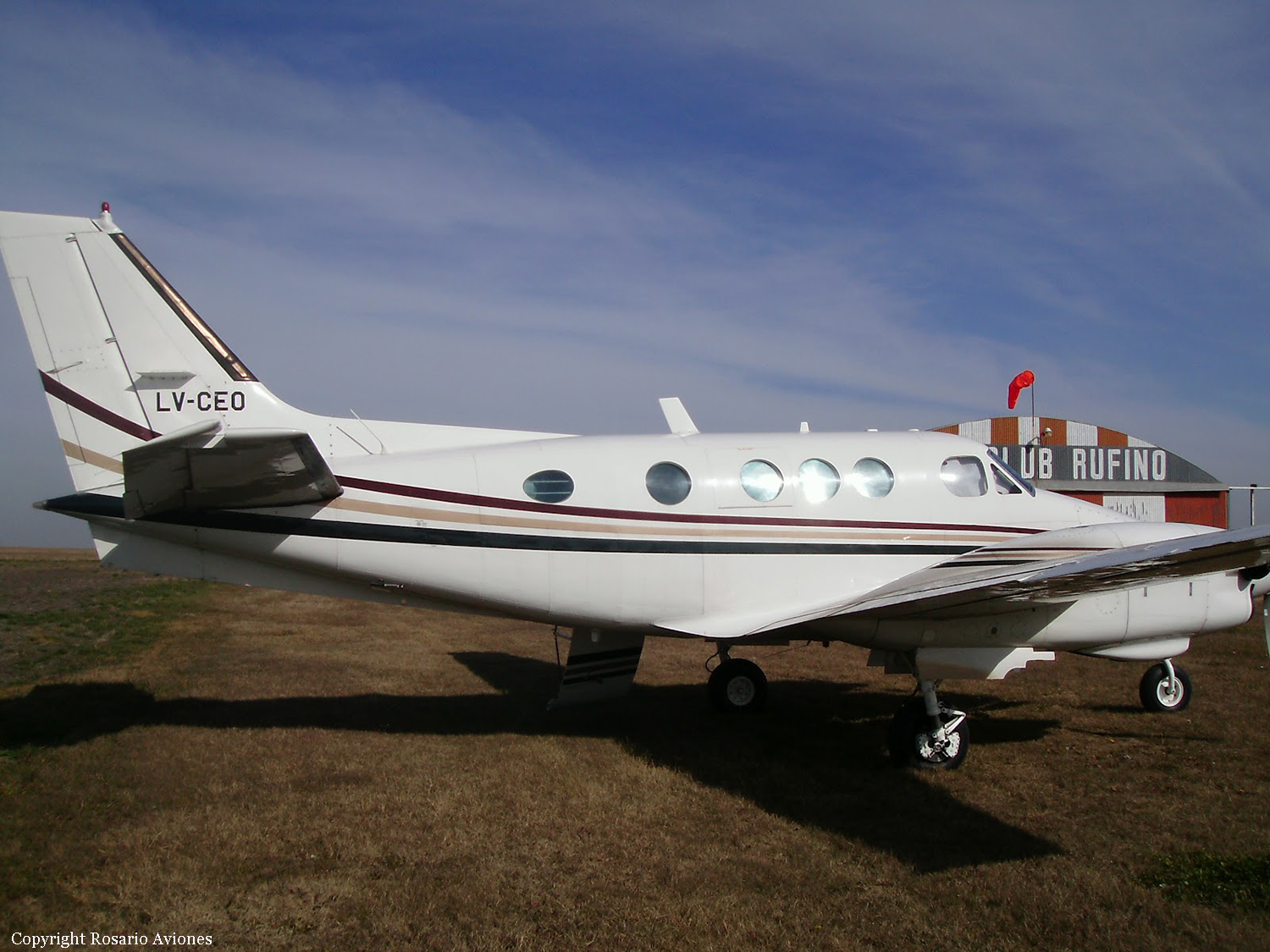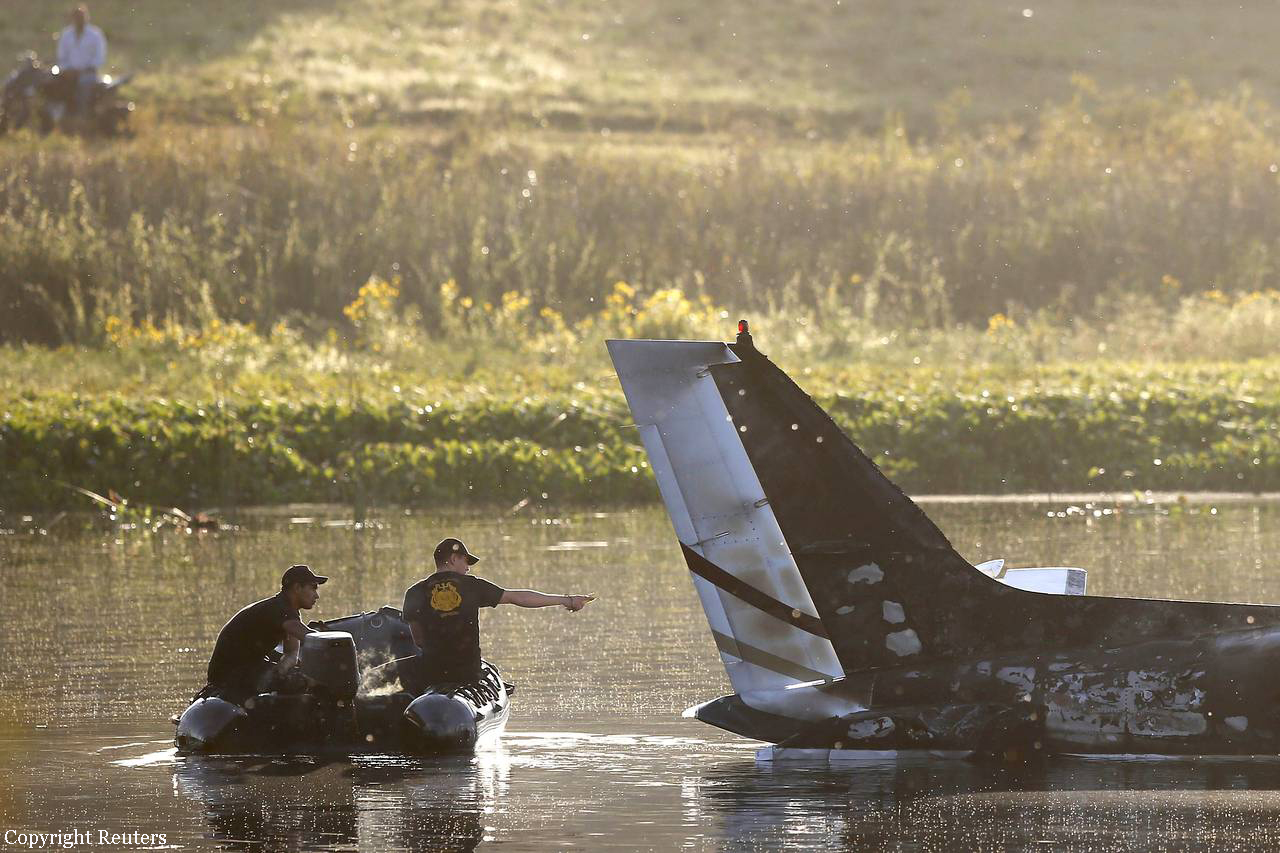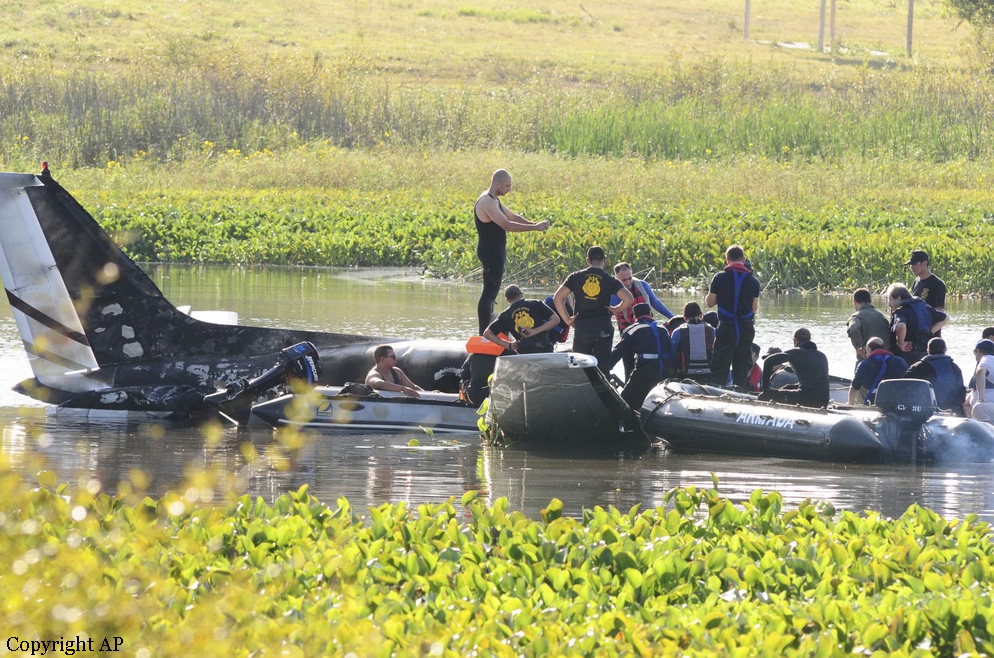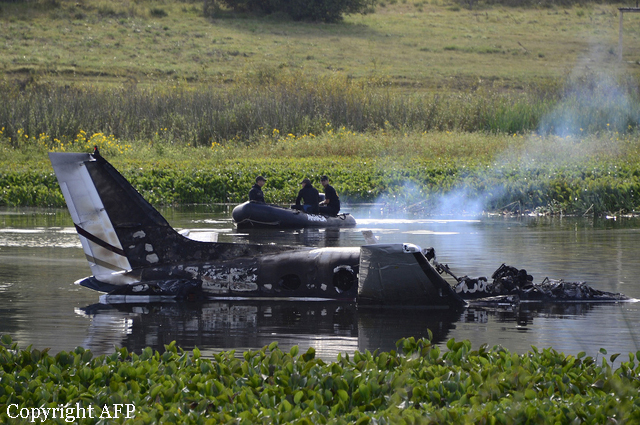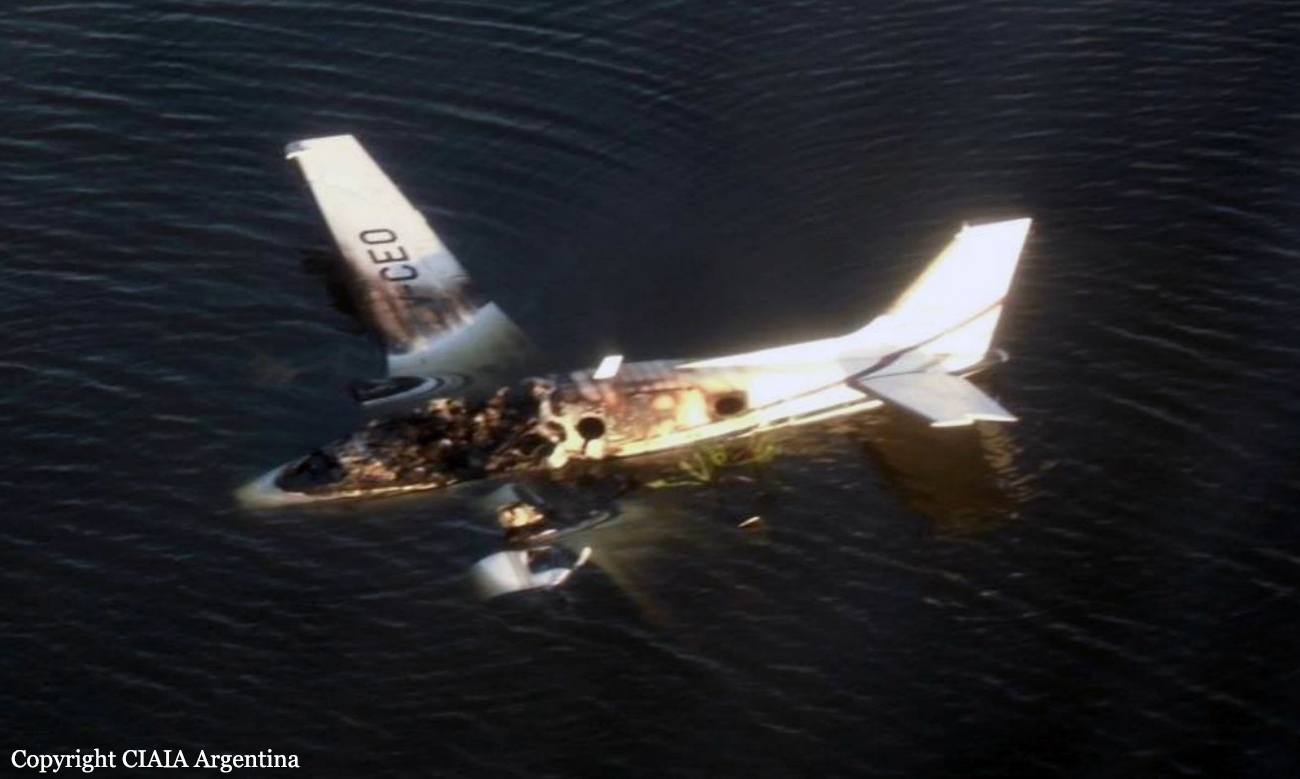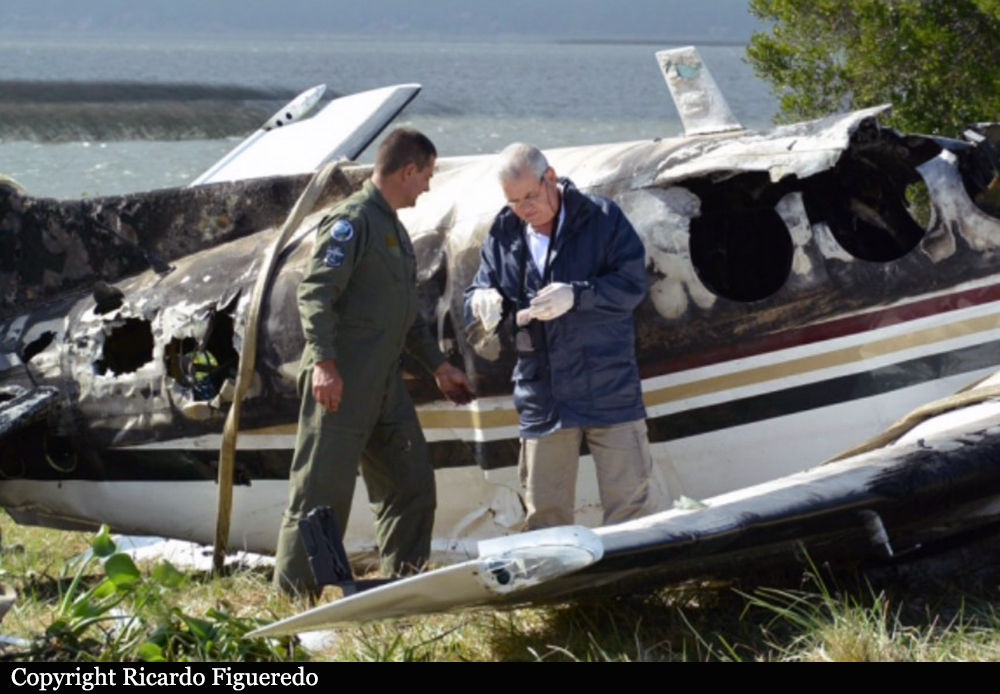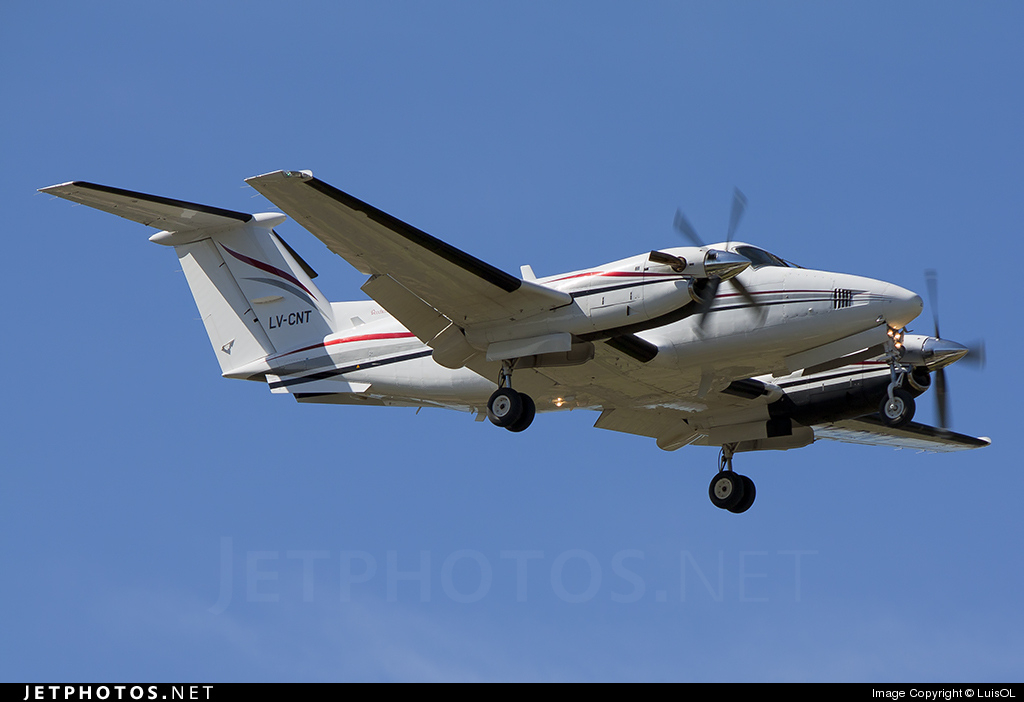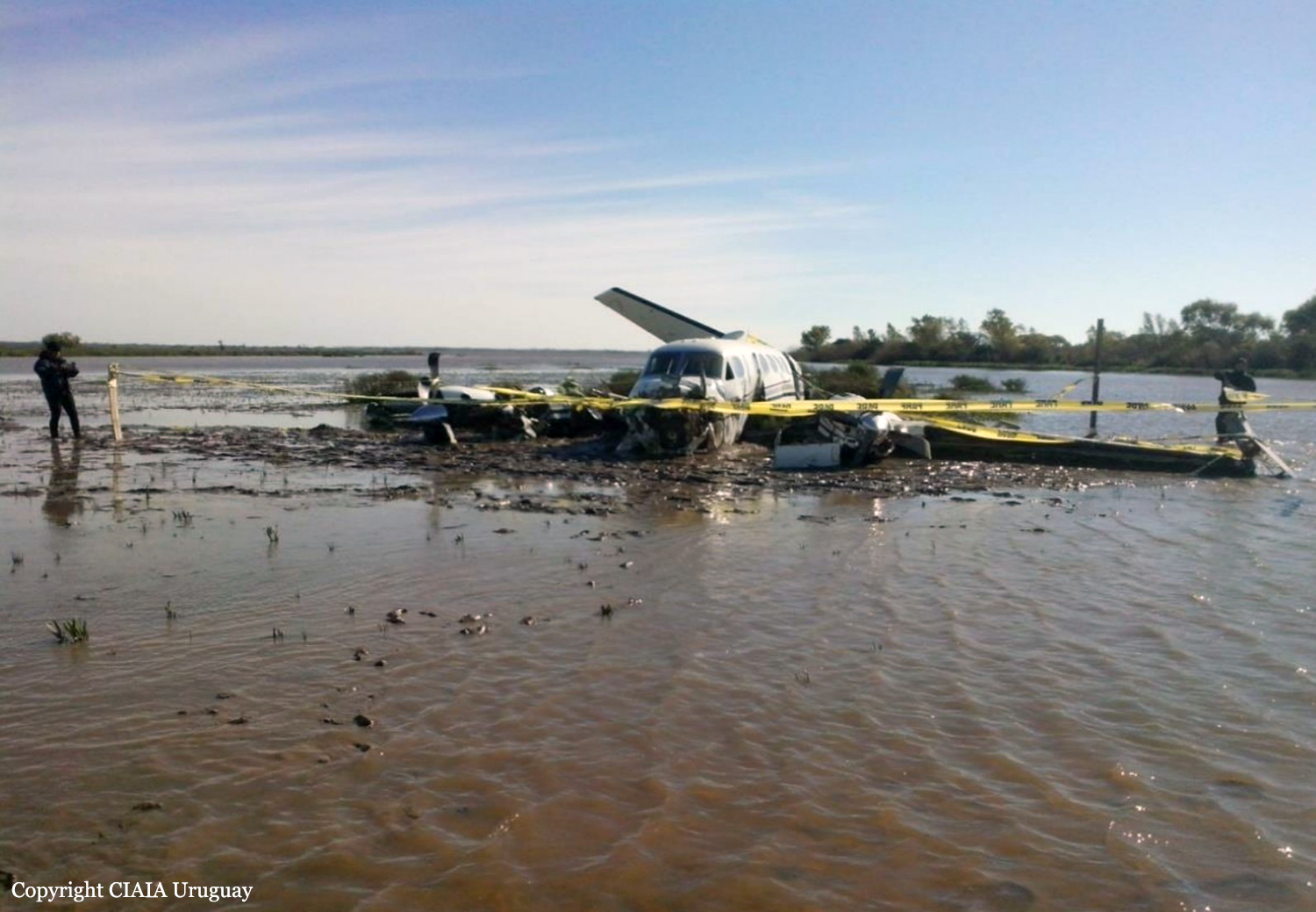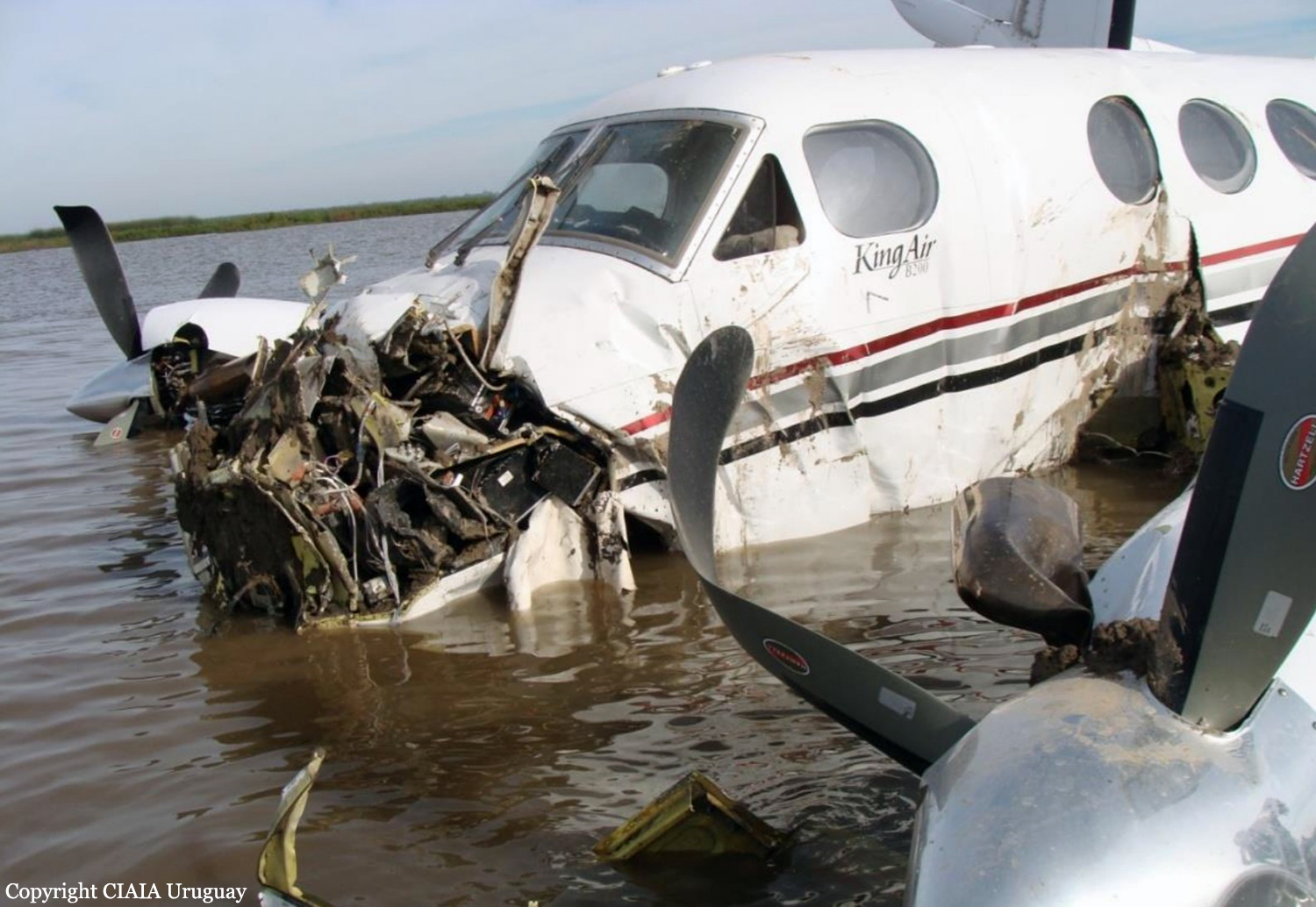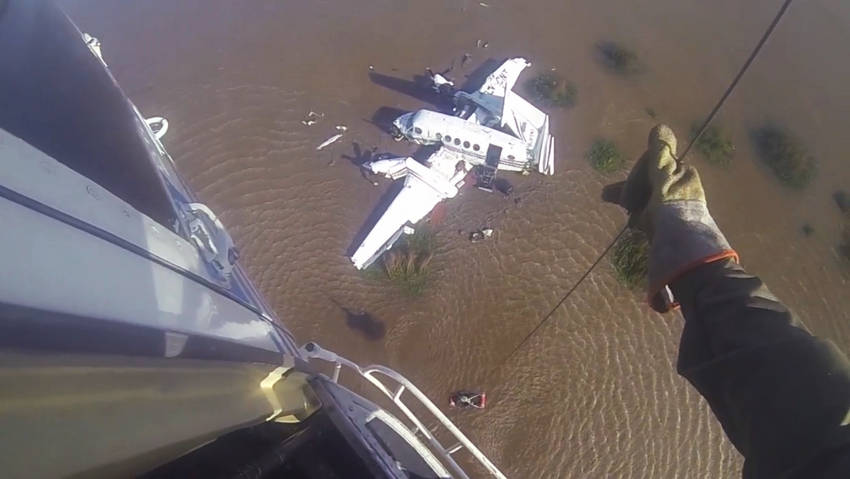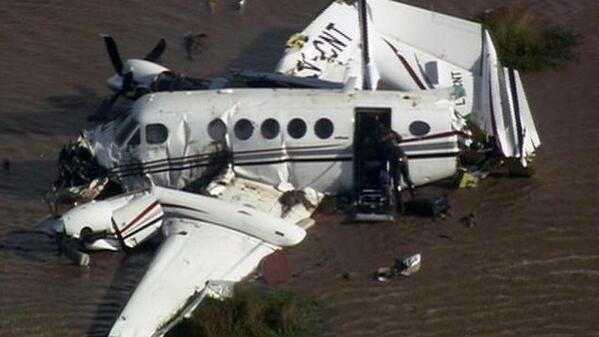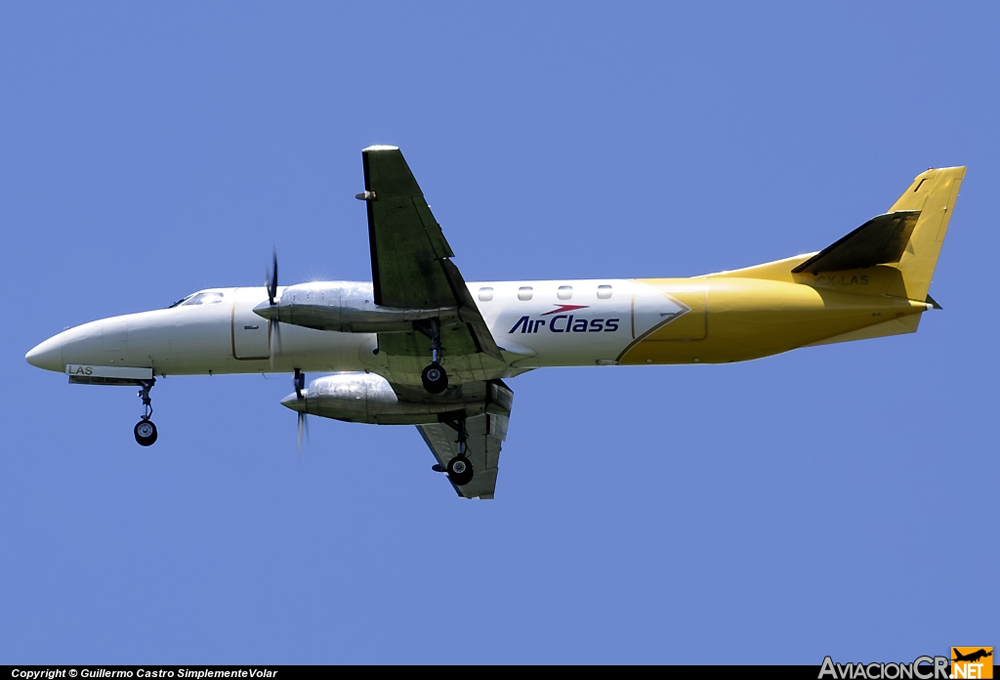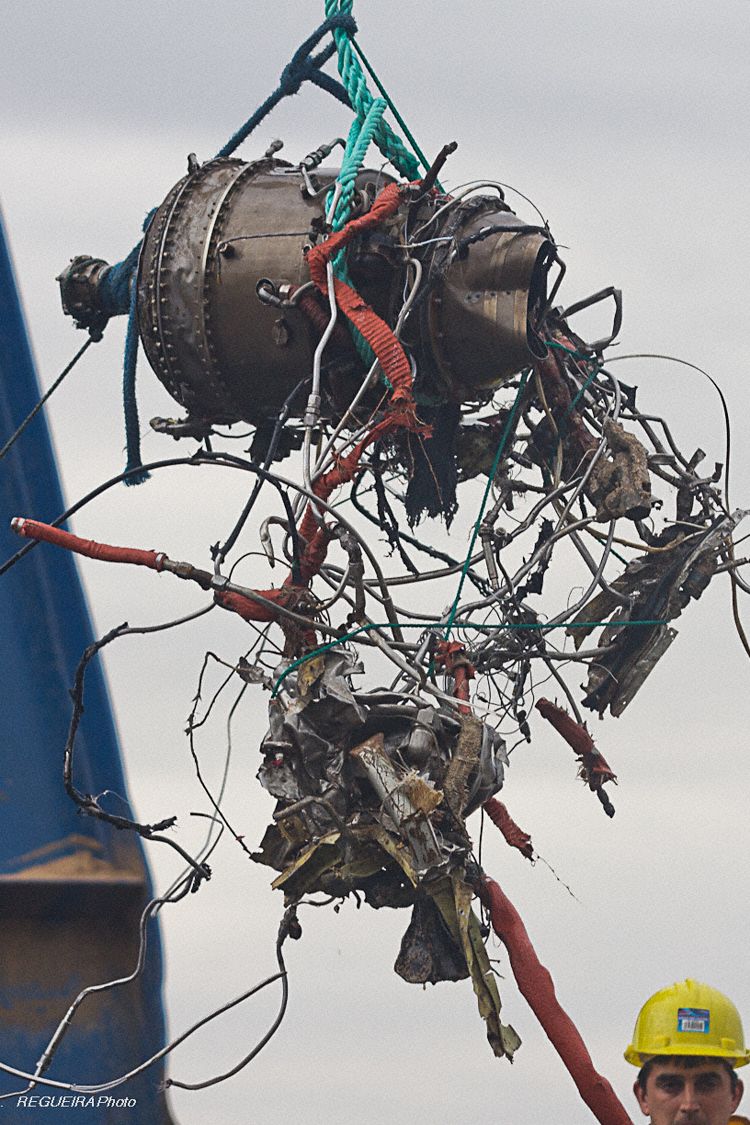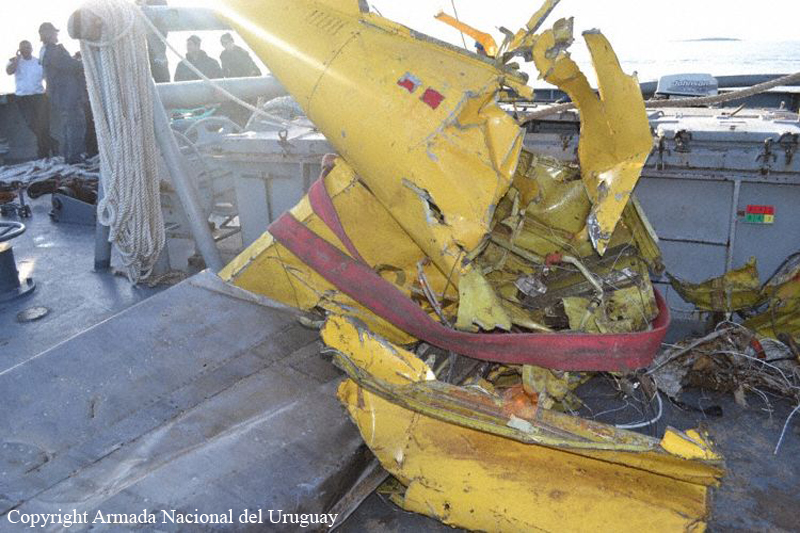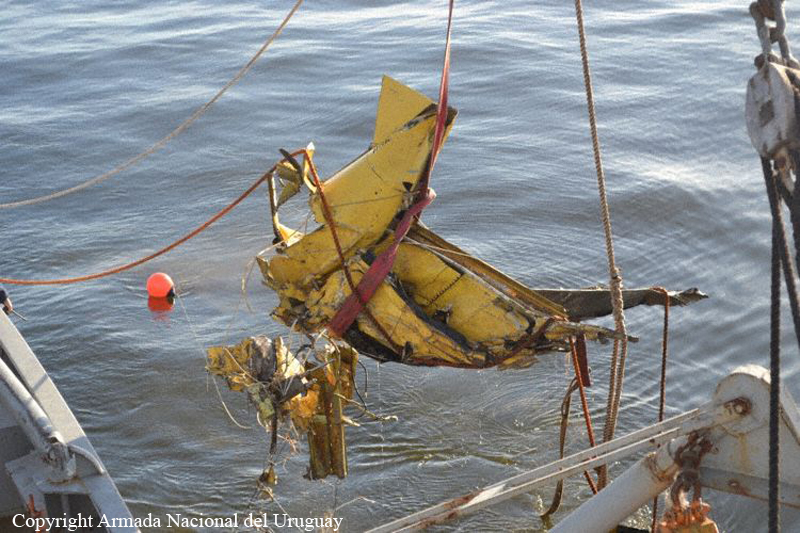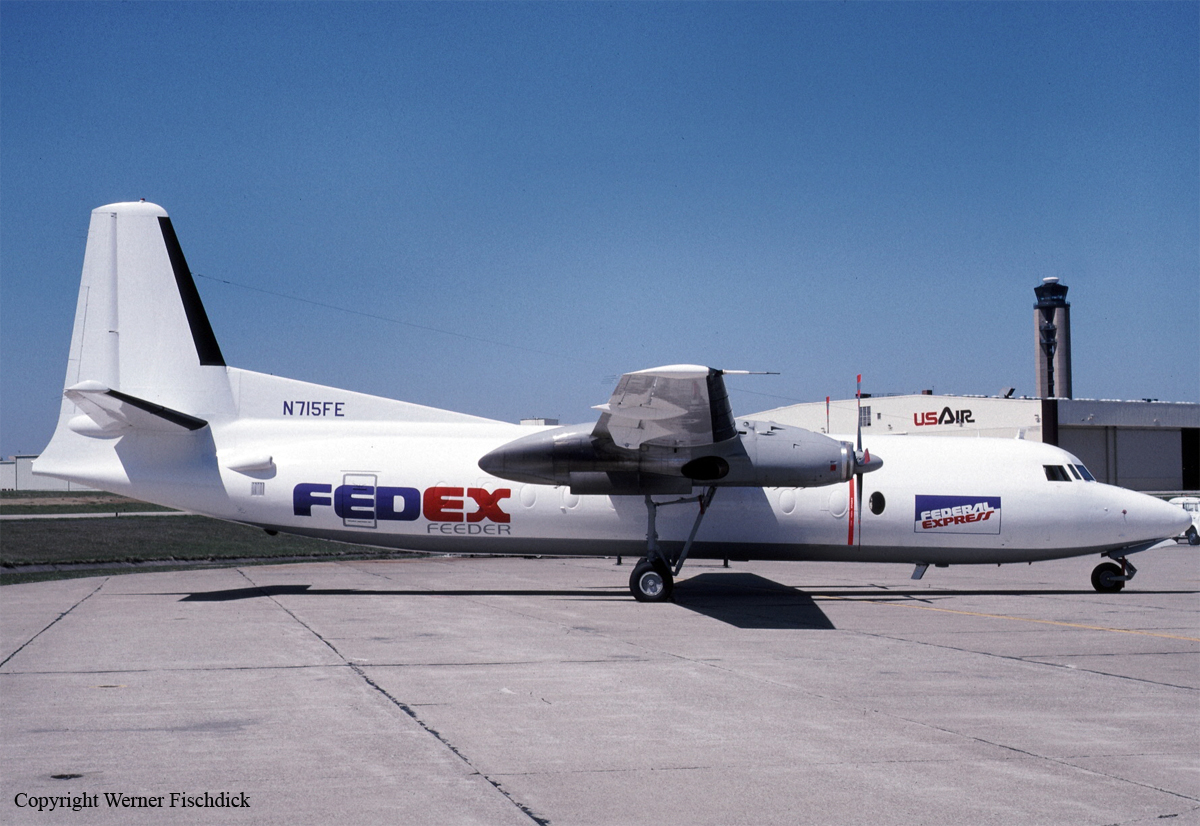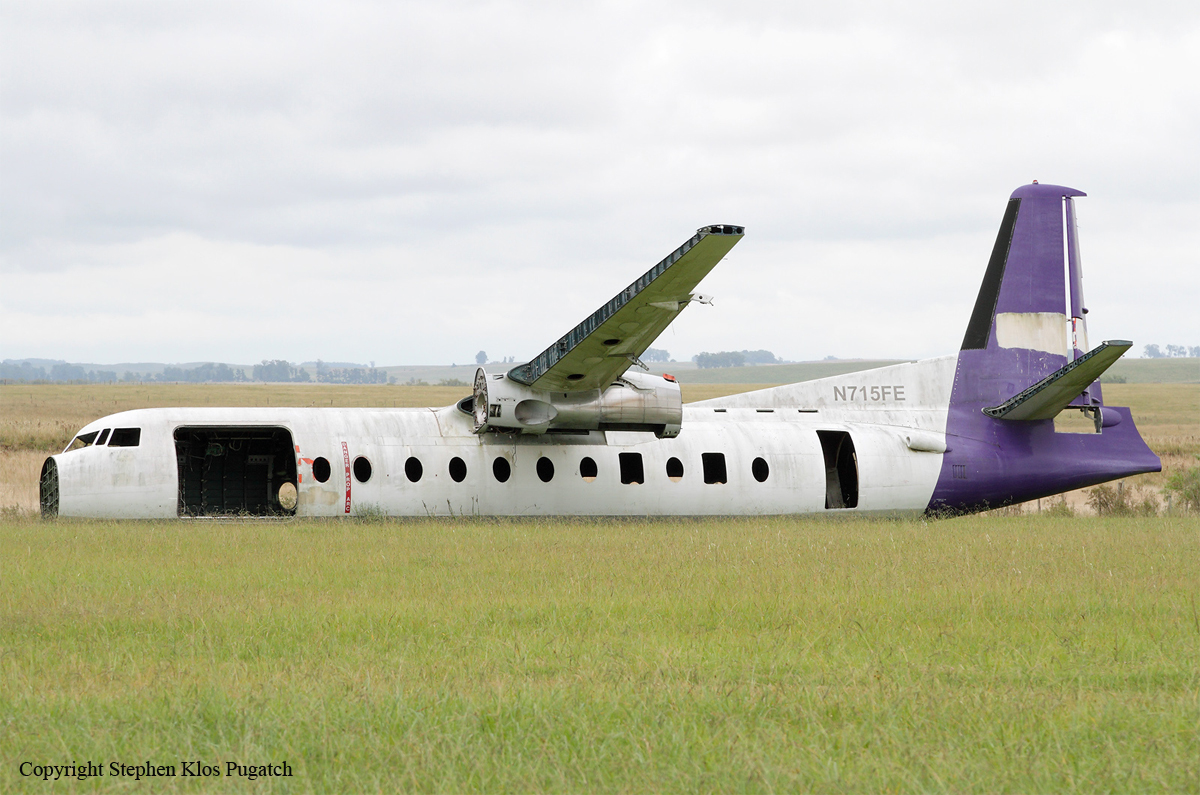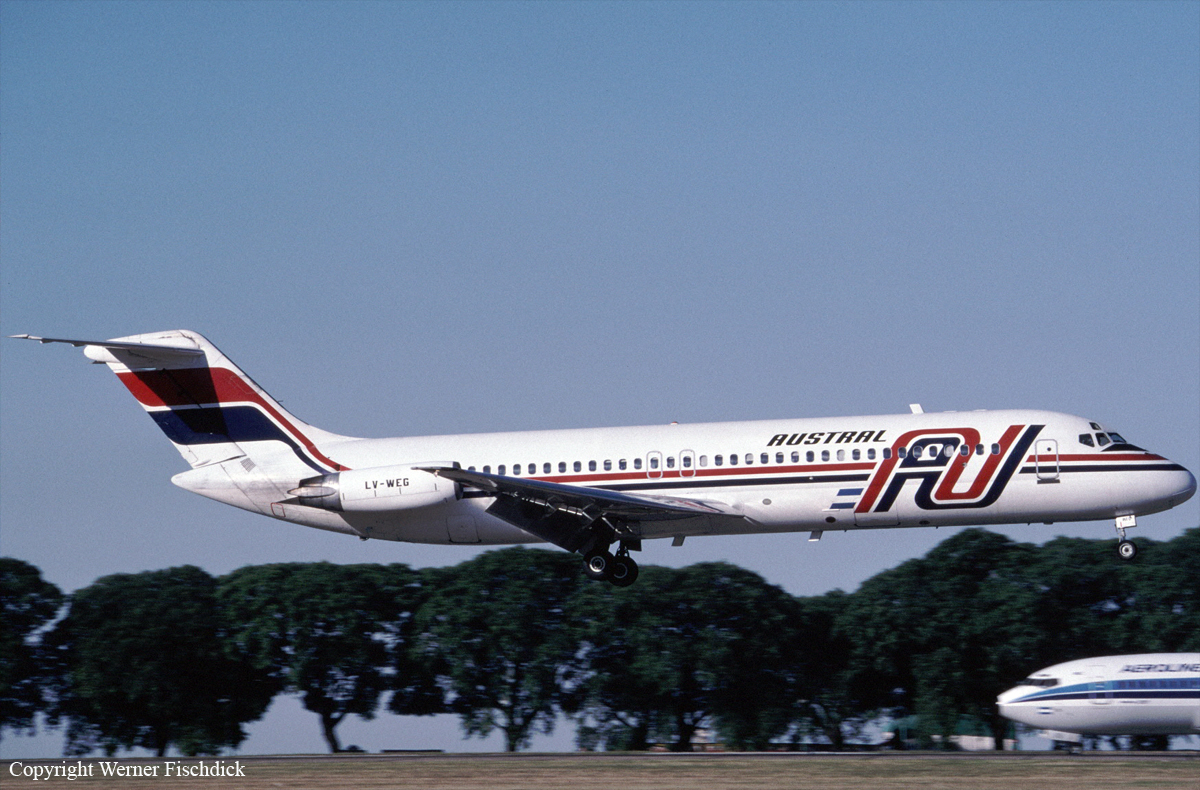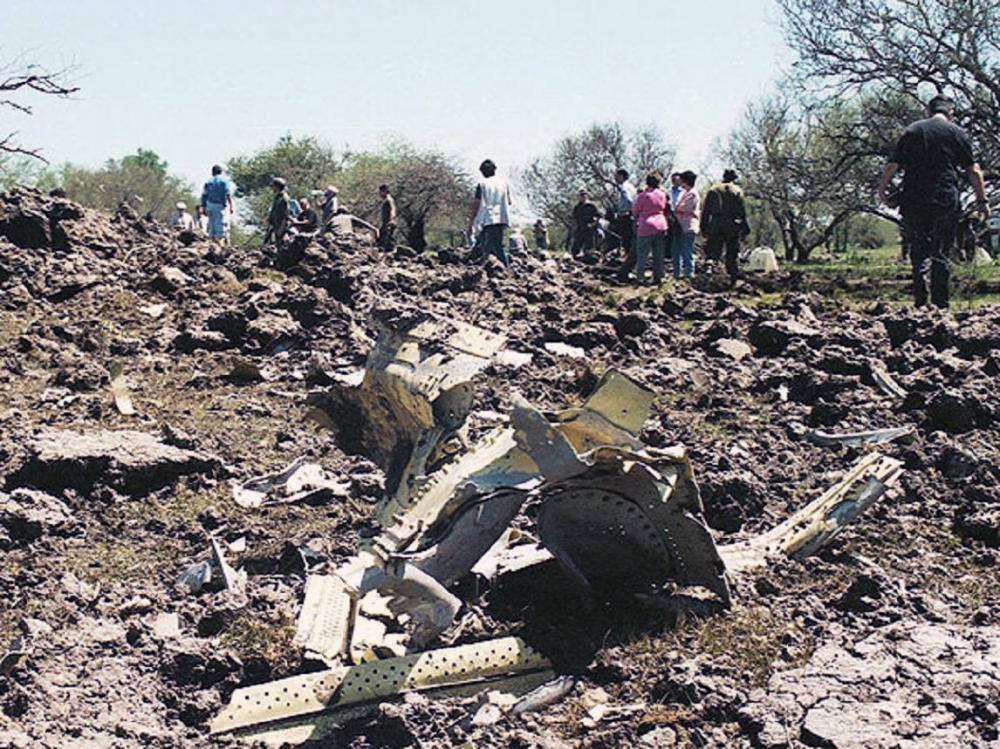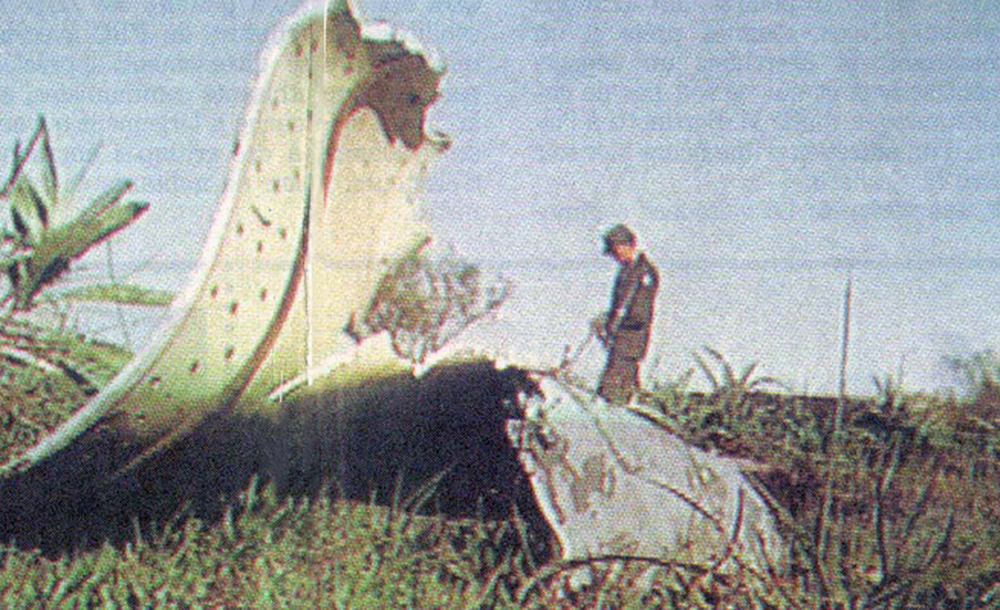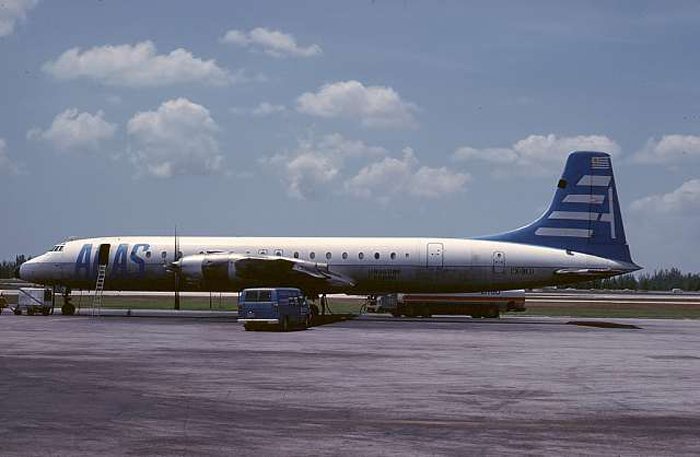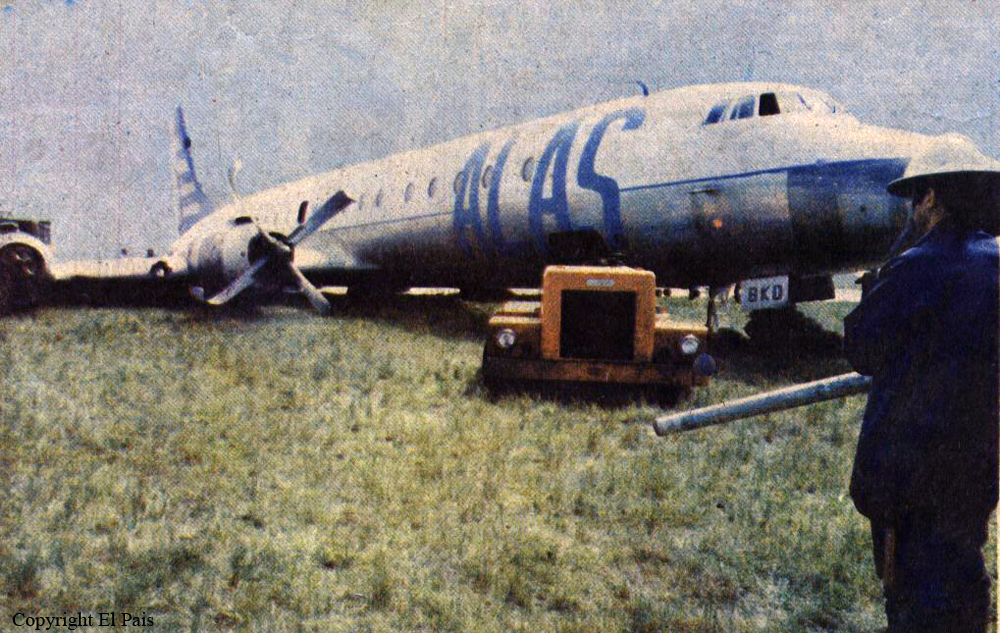Crash of a Beechcraft B90 King Air in Laguna del Sauce: 10 killed
Date & Time:
Mar 19, 2015 at 2038 LT
Registration:
LV-CEO
Survivors:
No
Schedule:
Laguna del Sauce – San Fernando
MSN:
LJ-454
YOM:
1969
Crew on board:
2
Crew fatalities:
Pax on board:
8
Pax fatalities:
Other fatalities:
Total fatalities:
10
Aircraft flight hours:
10319
Circumstances:
The twin engine airplane departed Laguna del Sauce Airport on a charter flight to San Fernando Airport near Buenos Aires, carrying eight passengers and two pilots. Shortly after a night takeoff from Laguna del Sauce Airport runway 01, the aircraft entered a controlled descent and crashed in shallow water some 2 km northwest of the airport, bursting into flames. The aircraft was destroyed by a post crash fire and all 10 occupants were killed.
Probable cause:
The accident resulted from impact with the ground without loss of control due to the combination of the following factors:
- The aircraft's climb profile did not meet the manufacturer's recommendations for speed and rate of climb,
- The center of gravity was outside the flight envelope,
- The total weight of the aircraft at the time of the accident was 124 kilos above the MTOW,
- Both pilots were tired due to a lack of rest time and a shift of more than 18 hours,
- The captain did not fly this type of aircraft since 1997 and was used to flying jets,
- The copilot had no experience on this type of aircraft despite being in possession of a valid license,
- The pilots' knowledge and understanding of the aircraft's systems and operation was inadequate,
- The operational checklists found on board the aircraft were not up to date,
- The pilots flew for the first time at night on this aircraft and for the second time together,
- The aircraft was operated under commercial rules on behalf of a travel agency while it could only fly privately,
- The instructor in charge of the training of both pilots and the person in charge of scheduling the flight refused to be questioned by the board of inquiry,
- An excessive workload for the crew and a lack of rest contributed to the pilots' loss of situational awareness,
- Both engines' compressors were running at low speed on impact,
- Both engines' propellers were turning at a speed close to low pitch,
- No mechanical anomalies were found on the engines and their components,
- Insufficient qualifications of the crew to fly on this type of aircraft,
- Pressure from the aircraft's owner to complete the flight,
- Crew fatigue and stress,
- Inadequate maintenance of the aircraft.
- The aircraft's climb profile did not meet the manufacturer's recommendations for speed and rate of climb,
- The center of gravity was outside the flight envelope,
- The total weight of the aircraft at the time of the accident was 124 kilos above the MTOW,
- Both pilots were tired due to a lack of rest time and a shift of more than 18 hours,
- The captain did not fly this type of aircraft since 1997 and was used to flying jets,
- The copilot had no experience on this type of aircraft despite being in possession of a valid license,
- The pilots' knowledge and understanding of the aircraft's systems and operation was inadequate,
- The operational checklists found on board the aircraft were not up to date,
- The pilots flew for the first time at night on this aircraft and for the second time together,
- The aircraft was operated under commercial rules on behalf of a travel agency while it could only fly privately,
- The instructor in charge of the training of both pilots and the person in charge of scheduling the flight refused to be questioned by the board of inquiry,
- An excessive workload for the crew and a lack of rest contributed to the pilots' loss of situational awareness,
- Both engines' compressors were running at low speed on impact,
- Both engines' propellers were turning at a speed close to low pitch,
- No mechanical anomalies were found on the engines and their components,
- Insufficient qualifications of the crew to fly on this type of aircraft,
- Pressure from the aircraft's owner to complete the flight,
- Crew fatigue and stress,
- Inadequate maintenance of the aircraft.
Final Report:
